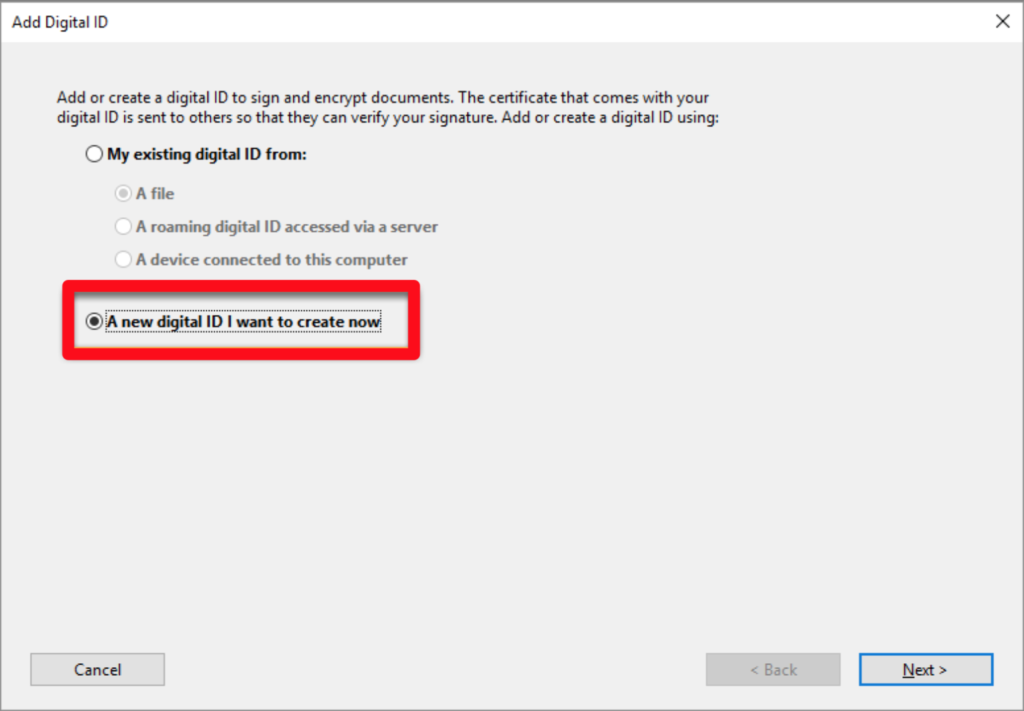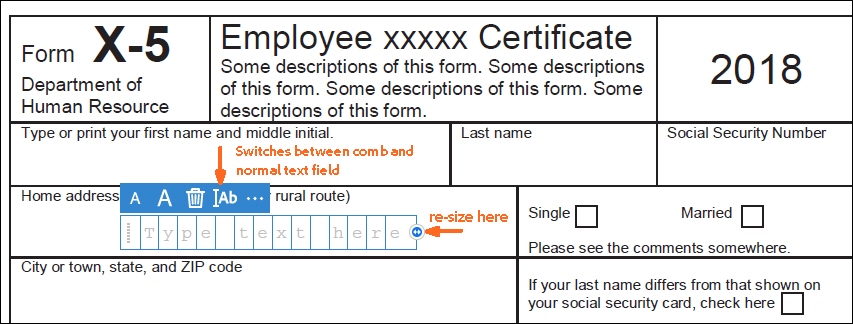
- #Add new signature to adobe acrobat pro dc pdf
- #Add new signature to adobe acrobat pro dc full
- #Add new signature to adobe acrobat pro dc pro
#Add new signature to adobe acrobat pro dc pro
Image: Alan StaffordĪcrobat DC Pro doesn’t just match the font. That means font size, tracking, leading, shading, and much more. This is a crucial component of what I think is the most impressive of Acrobat’s new features: While Acrobat XI could recognize text and, if you attempted to edit it, try to match it up to a font on your system, Acrobat DC looks at text glyphs and recreates the font-“flaws and all,” says Adobe.
#Add new signature to adobe acrobat pro dc pdf
You can perform text recognition (OCR) from the Enhance Scans tools section, but if you intend to edit that text, then you should simply use the Edit PDF tool, which will perform an OCR scan automatically once you select the tool. The new Enhance Scans feature and Recognize Text feature didn’t work on all images, including this monospace-type receipt (before enhancement at left, after at right). The left-side Navigation bar no longer appears, though, unless the PDF you’re opening has bookmarks, signatures, or layers. If you don’t want to see it, you must hide it every time you open a PDF.

You can’t set Acrobat not to show the large right-side pane on startup. I’d rather use the dropdown menu all the time, but that’s not an option. After you select a tool, a Tools dropdown menu appears, with options, and the right-side tools menu disappears. When you open a PDF in the desktop version of Acrobat Pro DC, you’ll see a large tools menu on the right side of the window the tools are similar to Acrobat XI’s, but the pane and the icons are larger. The versions share many features, with the notable but understandable exception of OCR (most phones can’t perform the processing required by OCR, though Adobe says that it may add that feature to the mobile versions in the future).

The Home screen on all of them shows you a menu of available documents stored in the cloud or locally. You don’t even need a version of Acrobat to sign a document-you can put your Jane Hancock on it in a browser window.Īcrobat’s interface has been updated significantly on the desktop application and the mobile applications, and the Document Cloud service is featured prominently. But no subscription is required to sign, comment on, or save them. Even though Adobe’s mobile apps may be tied to your Document Cloud, you can’t send a document out for a signature from one of them. You’ll need a desktop version of Acrobat DC that includes a Document Cloud subscription to send PDFs out for electronic signatures.

The mobile version of Acrobat DC doesn’t do as much as the desktop version, of course, but the look is very similar to the desktop’s The competing DocuSign service costs $10 per month for 5 signatures or $20 per month for unlimited signatures, and you have to bring your own application (which could be Acrobat-can you say “awkward”?). You get unlimited signatures-the same level of service as you’d get from an EchoSign Pro subscription, which cost $14.99 a month, and you get the application as part of the deal. Sign on the dotted screenĪdobe’s EchoSign electronic signature service is no more-because its features are now built into Acrobat Pro DC and the Document Cloud (it’s also included with Creative Cloud subscriptions). However, you can open PDFs or other documents located on those other services in Acrobat, and they will appear in your Recent list of files in Acrobat. It’s more than a little annoying to contemplate having to subscribe to another cloud service to get things done.
#Add new signature to adobe acrobat pro dc full
No, not that cloud: Instead of incorporating new features into its Creative Cloud subscription service, Adobe is introducing a new cloud, called the Document Cloud (DC for short), a document-management and document-signing service for which Acrobat is the interface, on desktops, tablets, and mobile phones.ĭocument Cloud is a cloud unto itself: It has no awareness of iCloud, Amazon Cloud, DropBox, Google Drive, or any other cloud service, though full-subscription Creative Cloud customers get full access to Document Cloud.

The new Acrobat pushes PDFs to the cloud. The Mobile Link button at the bottom of the screen indicates that you can view your documents on mobile devices, too. Acrobat DC Pro’s new Home screen shows you documents from your computer and your Document Cloud.


 0 kommentar(er)
0 kommentar(er)
